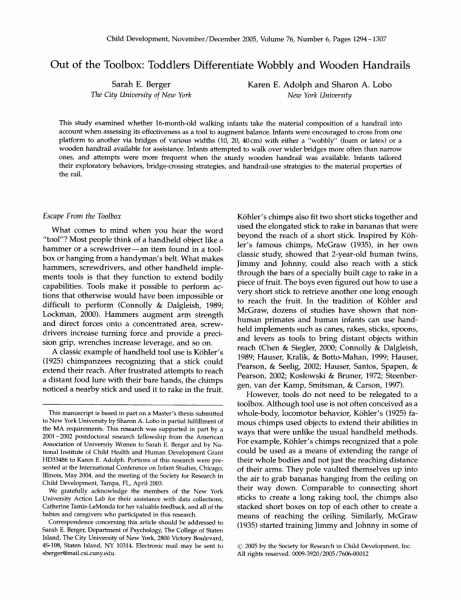Answer to Question 1
A pretrial conference is a meeting before the trial in which the judge and the
attorneys involved in the lawsuit discuss settlement possibilities, clarify the issues in dispute, and schedule the upcoming trial and its related events.
Issues that are likely to be raised and decided at the pretrial conference would include the admissibility of certain types of evidence. This could be accomplished through a motion in limine.
Paralegals assist in preparing for pretrial conferences. If a motion in limine were to be prepared prior to the pretrial conference, the paralegal may draft it. Attending the pretrial conference and meeting with the judge is handled by the attorneys.
Answer to Question 2
The paralegal typically is responsible for ensuring that witnesses are available and in court on the day of trial. The paralegal must line up the witnesses that will testify by informing witnesses of the trial date and when they will be expected to appear to testify, and the paralegal arranges for subpoenas to be issued and served on witnesses. Before the trial, the attorney and paralegal will meet with each witness and prepare the witness by discussing the types of questions that may be asked by both sides' attorneys. This preparation may include role-playing with the witness and a review of deposition testimony and answers to interrogatories. The legal assistant often advises the witness on trial procedures, might take the witness to the courtroom to familiarize the witness with the environment, and will advise the witness on other details, such as courtroom appearance and demeanor.
Paralegals often prepare exhibits or displays containing photographs, diagrams, or other evidence to be presented at trial. The paralegal must make all arrangements for having the exhibits and displays prepared and delivered to the courtroom and
must arrange for any special equipment, such as an easel, projector or laptop, that is needed to display the exhibits.
The paralegal can assist the attorney by preparing a trial notebook. The paralegal should discuss the organization of the trial notebook with the attorney before
creating it. The notebook will contain copies of the pleadings, interrogatories, deposition transcripts and summaries, pretrial motions, exhibit lists, witness lists, legal research, and any other documents or information that the attorney will need during trial. The paralegal will organize all of these materials into a notebook, separated by tabbed divider sheets, and will create an index.







